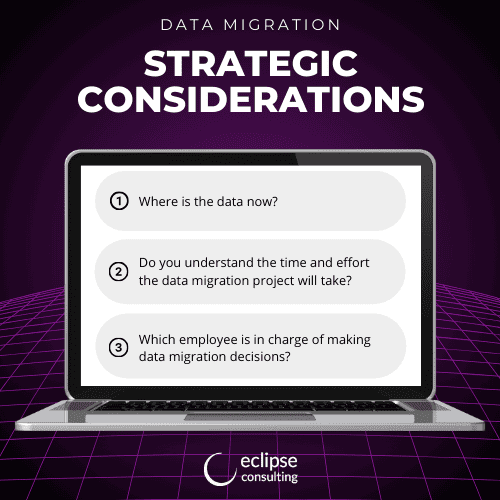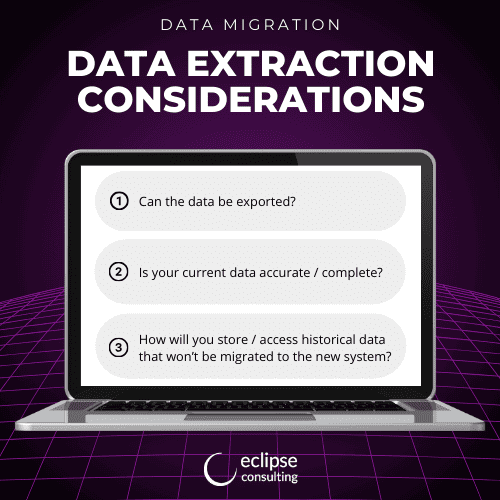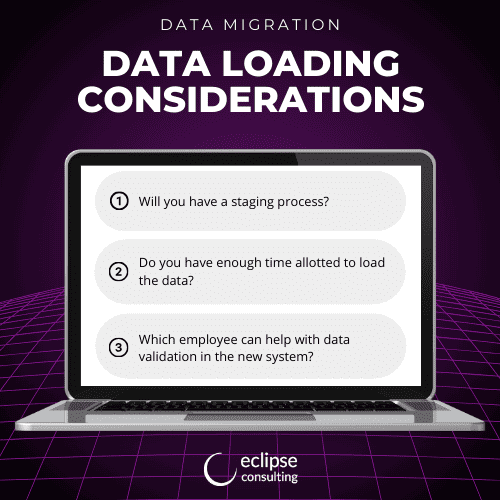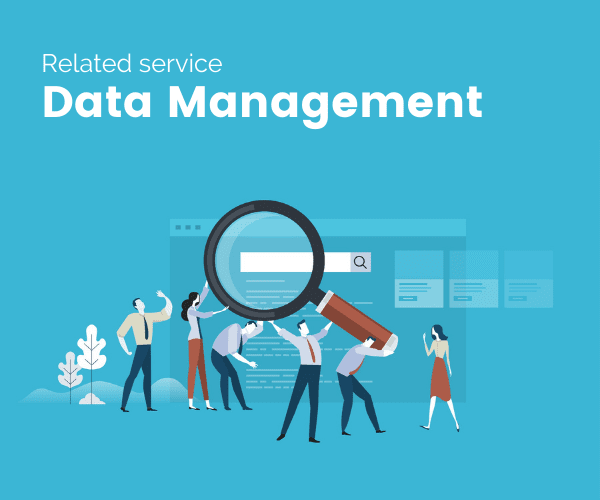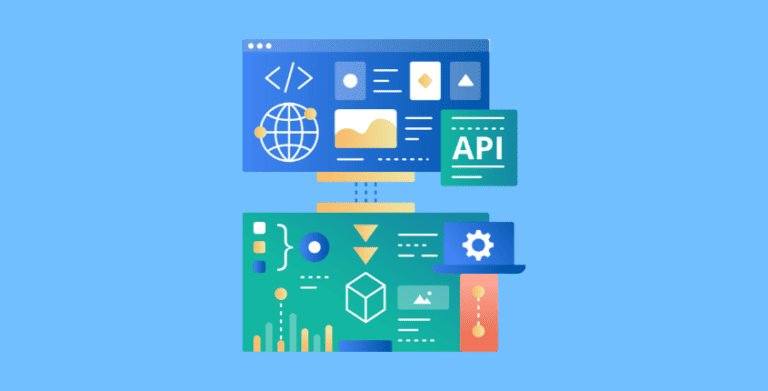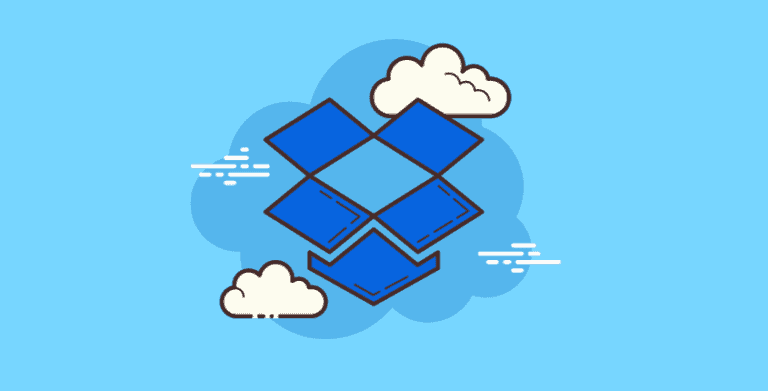Data Migration: Don’t Leave it to the Last Minute
In a software development or software selection project, the software gets all the attention. Lots of effort goes into selecting, configuring, and customizing software to fit the organization’s needs. On one hand, it’s understandable. Software is the shiny new toy you just purchased.
But software is useless without data. Good, accurate, useful data is critical to every business.
Think about it. Would you rather have a paper document that showed every customer and every order at a glance or a beautiful empty software application? There’s no question what you’d choose. Yet data migration consistently seems to be an afterthought – and that’s a mistake.
Data migration is more complex than people realize. The task is never as simple as copy-and-pasting or importing an Excel file. It involves moving, transforming, and validating large volumes of data while ensuring data integrity, security, and accuracy. Rushing through this process increases the risk of errors, data loss, and inconsistencies. Proactive data migration planning helps ensure a successful software launch.
Creating a data migration strategy
You need a plan or sub-project within your software implementation project that addresses the data migration strategy. In this plan you identify the steps, resources, and risks.
- What systems have the source data?
- What’s the condition of that data? How new or old is it?
- How will the data be extracted, transformed, and loaded (ETL)? (Read on for more details about the challenges to address in each of these phases.)
- Who will be doing this work and when?
By planning well in advance, you give yourself ample time to assess these risks and create a plan that will minimize disruptions to business operations.
Considerations for a data migration
Phase 1: Data extraction
You may be surprised to learn that data cannot always be easily extracted from a business system. Even when the data can be exported, it has to be cleaned up before it can be used.
No easy data export
Some vendors don’t offer mechanisms to download data. Your software vendor may have a “backup file” that will allow you to backup and reimport your data into the same system. However, if you want to move to a different system, you may have no options, other than perhaps a simple spreadsheet with limited records.
That’s because the data within business systems have a complex structure, with nested tables, arrays, and linked records. So even when you can extract records like orders, customers, and vendors, it’s common to lose the relationship between the records.
Inaccurate data
Another issue is that the data in the system of origin may not be in good condition. You may have duplicate contact records or missing information. How can you tell what’s good and what’s not?
- Customers that have moved
- Client contacts who have retired
- Products you no longer offer
- Missing part of an address
- Duplicate contact records
Often, only someone on your team will have this knowledge. Your tech team can tell if a ZIP code is missing but won’t know that Bob Smith is now working for a different company. Who will spend time evaluating the quality of the data? Spending time cleaning up data at this point will save you time and money in the data transformation phase of the data migration project.
Old data
You may also have good data that’s just old. Do you really need to know about that one customer who made a small purchase over a decade ago? Are these records still needed for legal or regulatory reasons? How will you determine “how old is too old”? Are you going to keep the original system running for a while? Will there be a way to access that data once the migration is complete?
Bringing in data you don’t need can slow system performance. Plus, having irrelevant data clogs up the system, making it more difficult for employees to quickly find what they need.
You have three choices when it comes to managing old data:
- Keep the old system running in parallel, at least until you’re confident that you no longer need those older records.
- Create a cutoff point. Current data goes to the new system. Historical data is available in a spreadsheet or small database somewhere.
- Clean up and import all data. This is typically the least advised and most expensive option.
Phase 2: Data transformation
The transformation phase is the stop where the extracted data is processed, cleansed, and transformed to fit the structure and requirements of the new system.
Data cleansing
During the data extraction phase, you likely found issues in the source system where the data contains errors, duplicates, missing values, or inconsistencies. In the data transformation phase, data cleansing processes are applied to identify and rectify these issues. This includes removing or correcting inaccuracies, eliminating duplicates, and filling in missing values using predefined rules.
Data formatting
The new and old systems may have different types of fields and different validation criteria within those fields. For example, one system may have dates as 08/10/2023 and the other 2023/08/10. One system may have a radio button or checkbox selection and the other a text field. During transformation, data is converted and formatted according to the specifications of the new software application. This could involve converting dates, numbers, or other data types to match the expected format.
Creating unique keys
When data includes hierarchical or relational structures, such as parent-child relationships or linked records, these relationships need to be maintained during transformation. If the information doesn’t already exist or its unclear how to differentiate similar records from each other, the development team may need to create unique keys or identifiers.
Data enrichment
Sometimes, a company will enhance the migrated data with additional information. Common types of data enrichment include adding geographical location, social media profiles, or additional detail about your products. During the transformation phase, relevant external data can be integrated to enrich the existing data.
Creating custom calculations and business logic
Certain data might require custom calculations or application of specific business rules to transform it appropriately. This could involve calculating derived fields, applying pricing formulas, or categorizing data based on business logic.
Data validation
Validation rules are applied to ensure that the transformed data stays accurate. This involves checking for data integrity, referential integrity, accuracy, and adherence to business rules. Data that fails validation can be flagged for further review or corrective action.
Phase 3: Data loading
Data loading is the final step in the ETL (Extract, Transform, Load) data migration process, where the transformed and processed data is loaded into the target system or database. This step involves taking the refined data from the transformation phase and placing it in the appropriate format within the new environment. Here are the steps typically involved in the data loading phase of an ETL data migration:
Data staging
Before going live on the production system, the new software system and data are often loaded onto a staging server or database. This staging area serves as a buffer, allowing for data validation, error checking, and ensuring that the data is ready for final loading. It also gives the team a good idea about the amount of time it’ll take to load the data.
During the staging process, business users are asked to do a final round of validation checks to ensure the data is consistent, complete, and conforms to the expected format.
Despite all of the above preparations, during the data loading process, errors can occur. It’s common to discover data format mismatches or database constraint violations. These errors are logged, analyzed and corrected.
Data loading strategies
The team will employee one of three strategies for loading data into the target system:
- Full Load: Loading all data from scratch. Suitable for smaller datasets or when historical data is not important.
- Incremental Load: Only loading new or changed data since the last load. Suitable for larger datasets or when historical data is required.
- Delta Load: Loading only the changes or differences in data since the last load. Often used for real-time or near-real-time data updates.
Validation
After loading, data quality checks are performed again to ensure that the data in the new system meets expectations. This involves comparing the data in the new system with the source system to ensure accuracy and completeness. Users will check to ensure that data relationships, constraints, and business rules are upheld. The team will also make sure that no data was lost or altered during the loading process.
Logging data loads
Throughout the data loading process, detailed logs are maintained, capturing the details of each load, errors encountered, and other relevant information. These logs aid in troubleshooting and maintaining an audit trail.
Don’t wait to plan the data migration process!
Leaving data migration until the last minute leaves little time for proper planning, communication, and training. As you can see, the process is more complex and takes longer than most people expect. Planning ahead makes the whole project run smoother, reducing confusion, resistance, and frustration during the transition to the new system.
And as always, remember to create backup and recovery procedures and take data security steps to protect your new system. Whether it’s a custom software program or a commercial off-the-shelf line of business application, your data – and your business – deserve protection.
Frequently Asked Questions
What are the three stages of the data migration process?
The three main stages in a data migration plan are:
1. Data extraction
2. Data transformation
3. Data loading
All of these processes include a lot of more detailed tasks to accomplish for a successful migration
What is data migration?
Data migration involves moving, transforming, and validating large volumes of data while ensuring data integrity, security, and accuracy.
How do I create a data migration strategy?
You will want to talk with your IT partner and make sure all
-What systems have the source data?
-What’s the condition of that data? How new or old is it?
-How will the data be extracted, transformed, and loaded (ETL)? (Read on for more details about the challenges to address in each of these phases.)
-Who will be doing this work and when?


